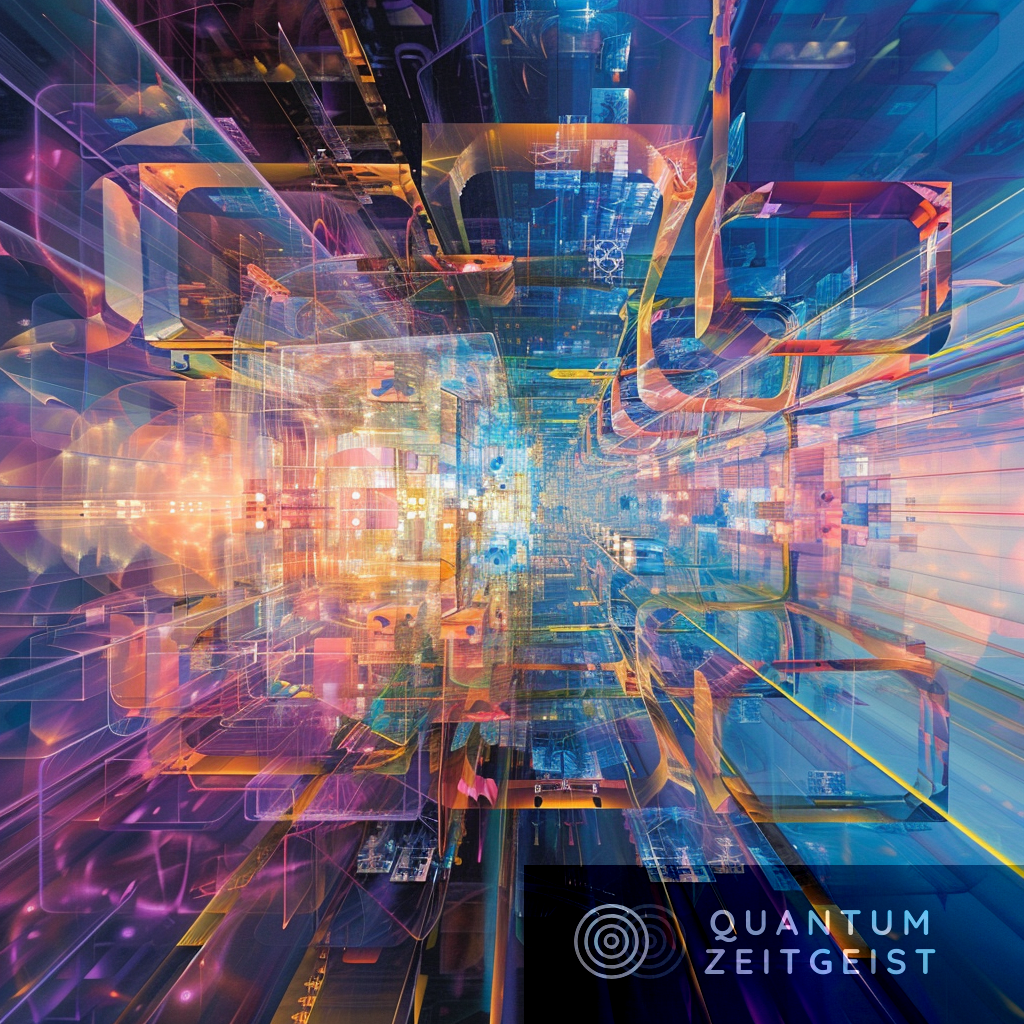Quantum many-body simulations are a crucial application for emerging quantum processors. While analog quantum simulation has shown quantum advantage, digital quantum simulation (DQS) is gaining research interest due to the availability of devices for general-purpose quantum computers. DQS uses a gate-based quantum computer to simulate quantum systems, offering universal simulation of many-body dynamics. Various technologies, including laser-cooled neutral atoms and trapped ions, have emerged as potential platforms for gate-based quantum computing. The future challenges for quantum many-body simulations on digital quantum computers include hardware and algorithmic challenges, such as the need for more efficient algorithms and quantum processors with dynamic nonlocal connectivity.
What is the Current State and Future Challenges of Quantum Many-Body Simulations on Digital Quantum Computers?
Quantum many-body simulations are a key application for emerging quantum processors. While analog quantum simulation has already demonstrated quantum advantage, its digital counterpart has recently become the focus of intense research interest due to the availability of devices that aim to realize general-purpose quantum computers. This article provides a selective overview of the currently pursued approaches, reviews the advances in digital quantum simulation by comparing non-variational with variational approaches, and identifies hardware and algorithmic challenges.
One of the main problem classes a quantum computer can tackle is the simulation of quantum many-body systems. These simulations are computationally challenging due to the tensor product structure of the Hilbert space for combined quantum systems. As the size of the quantum system increases, the dimension of the Hilbert space grows exponentially. Modern classical algorithms such as tensor networks and neural network quantum states try to limit the impact of the exponential scaling by using a low-rank representation of quantum states. However, this approach is not always applicable, especially for highly entangled quantum matter in two and higher dimensions and in systems out of equilibrium.
How Can Quantum Simulation Overcome Computational Challenges?
One way to tackle the computational challenges of quantum simulation is to find a quantum platform that acts as a surrogate for the system one wants to investigate, i.e., analog quantum simulation. Control parameters are used to tune the behavior of the physical quantum platform to match that of the system, and by measuring the state on the platform, it is possible to learn about the dynamics of the system being studied. Analog quantum simulation has been a very successful method in the recent decade to simulate quantum systems that are out of reach for classical approaches, with quantum advantage demonstrated using trapped ions and ultra-cold atom experiments.
In contrast, digital quantum simulation (DQS) uses a gate-based quantum computer to simulate the quantum system. In its original formulation, it involves discretizing the time evolution of the system and breaking it up into a series of small time steps which can be implemented using quantum gates. DQS has the potential advantage over analog quantum simulation that it allows for universal simulation of many-body dynamics, particularly for systems that do not fit onto analog quantum simulators.
What are the Quantum Computing Platforms?
Since Feynman’s original proposal of a quantum computer, various technologies have emerged as potential platforms for gate-based quantum computing. Laser-cooled neutral atoms have been very successful for analog quantum simulation. This technology has recently also reached a level which allows for digital quantum computation. In this case, qubits are realized as electronic states of the atoms which are entangled via long-range Rydberg states. Recent developments in cold atom quantum computing have led to the creation of quantum processors with dynamic nonlocal connectivity, enabling coherent transportation of entangled qubits across two dimensions and the ability to individually address single atoms capable of executing quantum algorithms like quantum phase estimation (QPE) and producing entangled graph states.
Another promising platform is trapped ions. Trapped ions were one of the first platforms that were proposed as practical quantum computers, with the first quantum gate implemented in 1995. Trapped ions have a long coherence time as the qubits are formed by internal electronic states which are well isolated. The ions are confined by dynamic electromagnetic fields (Pauli traps) or static magnetic and electric fields (Penning trap). Quantum gates are applied by laser or microwave pulses. Transfer of quantum information between ions, enabling qubit entanglement, is realized through vibrational modes.
What are the Most Promising Problems that Can be Tackled with Digital Quantum Simulation?
The article argues that problems of a qualitative nature are much more suitable for near-term devices than approaches aiming purely for a quantitative accuracy improvement. The simulation of quantum many-body systems, understanding the complex phase diagram of the cuprate superconductors, the underlying mechanism of many-body localization, and the behavior of quantum systems out of equilibrium are key questions that are difficult to answer even with the best supercomputers currently available. These are the most promising problems that can be tackled with digital quantum simulation.
What are the Future Challenges for Quantum Many-Body Simulations on Digital Quantum Computers?
The future challenges for quantum many-body simulations on digital quantum computers include hardware and algorithmic challenges. The hardware challenges include the need for quantum processors with dynamic nonlocal connectivity, enabling coherent transportation of entangled qubits across two dimensions, and the ability to individually address single atoms capable of executing quantum algorithms. The algorithmic challenges include the need for more efficient algorithms that can handle the exponential scaling of the Hilbert space for combined quantum systems. The development of such algorithms is a key area of ongoing research in the field of quantum computing.
Publication details: “Quantum many-body simulations on digital quantum computers: State-of-the-art and future challenges”
Publication Date: 2024-03-08
Authors: Benedikt Fauseweh
Source: Nature Communications
DOI: https://doi.org/10.1038/s41467-024-46402-9

